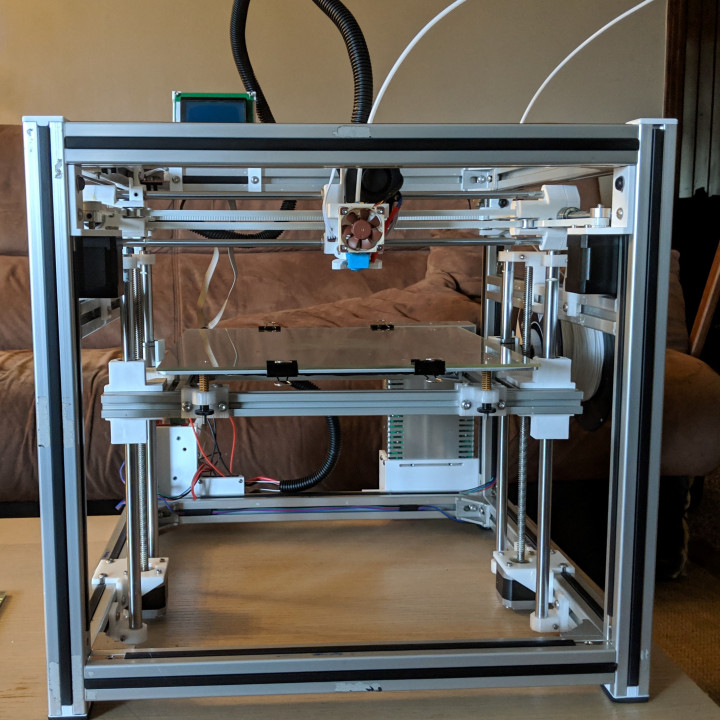

That’s very small, indeed smaller than the probability of winning 23 Powerball jackpots in a row (the probability of winning one Powerball jackpot is 1 in 292,201,338).Įach path element in the hypercube has 200 immediate neighbors. Given a uniform probability on the discrete hypercube, the path elements, all 10,001 of them considered together, have probability roughly 1 in 2.7 x 10^196 (10,001 divided by the total number of elements making up the hypercube). A Uniform Probability Distributionįor simplicity, let’s put this discrete hypercube under a uniform probability distribution (we don’t have to, but it’s convenient for the purposes of illustration - Rosenhouse mistakenly claims that intelligent design mathematics automatically defaults to uniform or equiprobability, but that’s not the case, as we will see but there are often good reasons to begin an analysis there). The hypercube consists of 101^100, or about 2.7 x 10^200 elements, but the path itself has only 10,001 path elements and 10,000 implicit path edges connecting the elements. New path elements are now defined by adding 1’s to each position of any existing path element, starting at the left and moving to the right, and then starting over at the left again. Consider now the following path in the hypercube starting at (0, 0, …, 0) and ending at (100,100, …, 100). Consider a 100-dimensional discrete hypercube of 100-tuples of the form ( a_1, a_2, …, a_100), where the a_i’s are all natural numbers between 0 and 100. Let me therefore lay out such a model in detail.
#HYPERCUBE EVOLUTION FULL#
For the full series so far, go here.īecause of the centrality of the “searching protein space” model to Jason Rosenhouse’s argument, it’s instructive to illustrate it with the full rigor of his track 2 ( see my post from yesterday on that).


I am reviewing Jason Rosenhouse’s new book, The Failures of Mathematical Anti-Evolutionism (Cambridge University Press), serially. Photo credit: Foam, via Flickr (cropped).


 0 kommentar(er)
0 kommentar(er)
